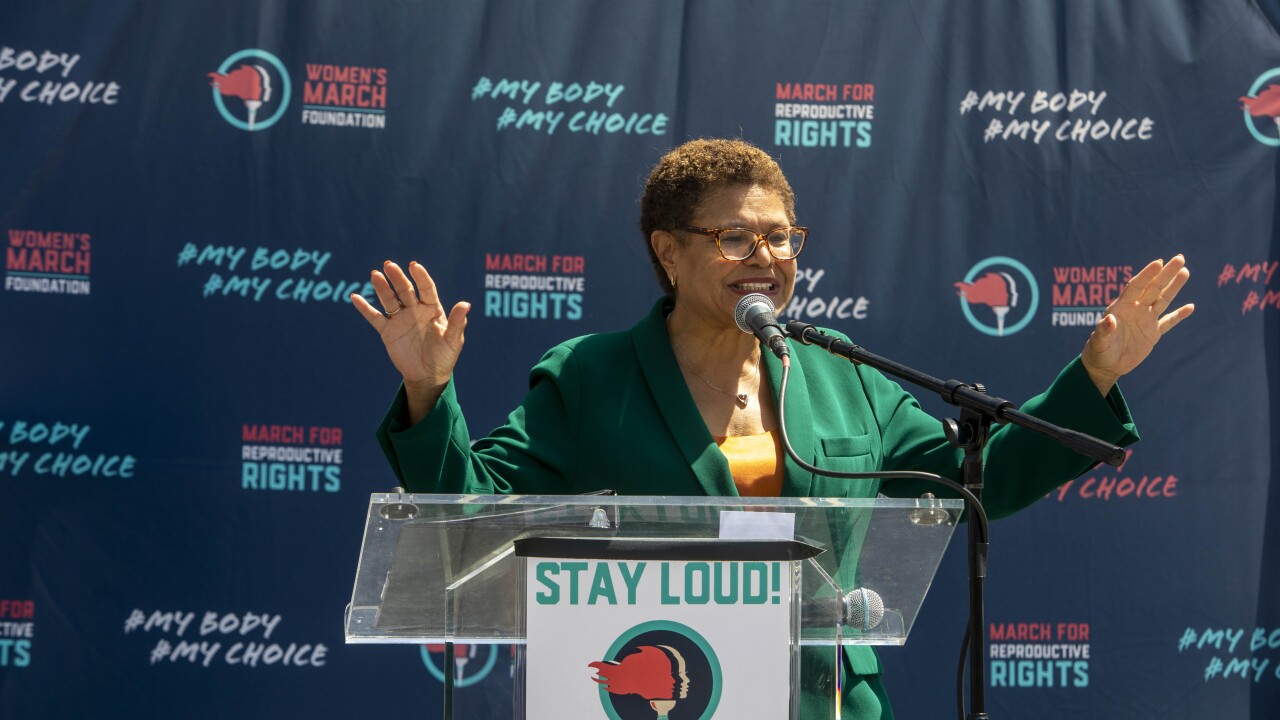WASHINGTON — Rep. Mike Doyle, D-Pa., is urging the Treasury Department to reconsider treating the District of Columbia, Hawaii, and Puerto Rico as large school districts when allocating qualified school construction bonds because they prevented the Pittsburgh-area school district he represents from receiving an allocation.
In a two-page letter dated June 5 but not made public until Wednesday, Doyle told Treasury Secretary Timothy Geithner that he had “grave concerns” about how the first $11 billion of QSCBs were allocated to states and large school districts, and encouraged the department to reconsider their allocation methods for the remaining $11 billion.
The QSCB program, created by the American Recovery and Reinvestment Act in February, authorizes $22 billion of tax-credit bonds in 2009 and 2010 for states and localities to finance the construction, rehabilitation, or repair of public schools, as well as to purchase equipment for those schools, or acquire land for the purposes of building a school.
ARRA requires the Treasury to allocate 40% of the authorization directly to the 100 largest school districts in the country, with the remaining 60% going to the states, which then sub-allocate that bond authority to localities. The Treasury announced on April 6 that it was allocating $4.4 billion of the $11 billion for 2009 directly to the districts and the remaining $6.6 billion to the states.
However, the District of Columbia, Hawaii, and Puerto Rico received allocations as large school districts rather than as states, while other territories such as American Samoa and Guam were included with states for allocation purposes.
District of Columbia Public Schools received $33.9 million, Hawaii received $32.1 million, and Puerto Rico received $376.1 million. Treasury officials could not be reached yesterday to explain the rationale behind the allocation method.
Doyle is criticizing that process because the Pittsburgh School District, which he represents, was displaced from the top 100 school districts after D.C., Hawaii, and Puerto Rico were added to that list.
“The legal interpretation of [ARRA] unintentionally forced the ... district and states to be viewed as 'largest school districts’ even though they were also eligible for state funding, and therefore displaced three other 'largest school districts,’ including in the city of Pittsburgh, which is the majority of my district,” he wrote. “I strongly urge you to reevaluate this interpretation so that districts such as Pittsburgh will be eligible for 2010 [QSCB] funding, which they so desperately need.”
Although the 2009 allocations have already been released, it is possible the Treasury could revisit their allocation methods before releasing the 2010 allocations, which will come in future guidance. No date has been established for the release of those allocations.
The QSCB program also permits Education Secretary Arne Duncan to identify 25 additional large educational agencies to receive direct allocations, but he declined to do so for the group receiving the first $11 billion.





